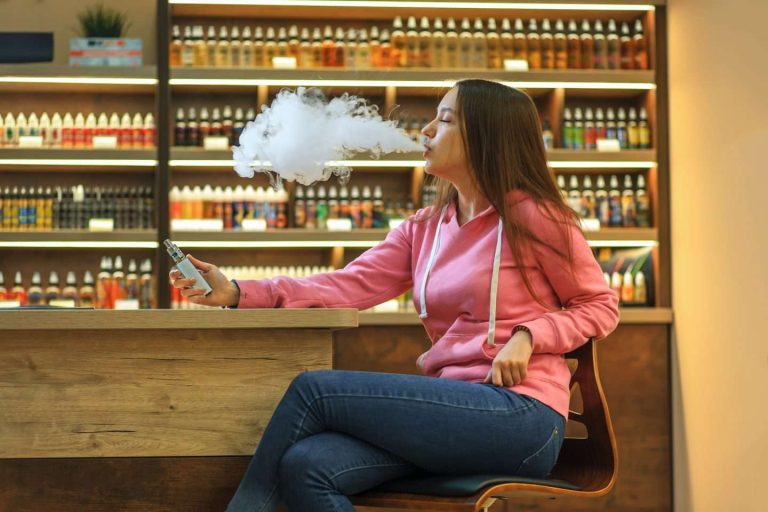How Does Artificial Insemination Work?
Artificial insemination is a surgical and low-risk procedure. And many women become pregnant through artificial insemination.
Artificial insemination is a very important procedure for many couples who struggle with conception. This is the process in which a sample of semen is injected into a woman’s uterus in a laboratory after ovulation has been induced.
For women, artificial insemination is a simple, slightly surgical, and low-risk procedure. Anesthesia is not required and the drug dose is very low. In the case of AIH homologous artificial insemination, sperm are received from the patient’s husband.
When is AIH Artificial Insemination Needed?
According to the world’s most prestigious Valencian Institute of Infertility, AIH artificial insemination is used to:
- Couples under 38 with infertility problems
- Women with one or more permeable fallopian tubes
- Women with ovulatory dysfunction
- Couples in which men have slight defects in their semen quality
- Couple having sex difficulties
In other cases, voluntary semen donors allow women to become pregnant. This technique is often called AID Heterologous artificial insemination. Here are the most frequent cases:
- Couples in which the man is asexual (there is no sperm in the semen)
- Certain dominant genetic disorders in men
- HIV positive couple
- A woman without a male partner
Factors Affecting Successful Artificial Insemination
Regarding the success rate, there are several factors that affect the likelihood that artificial insemination will go well. Some of them are:
- Women’s Age: After the age of 35-37, the chance of this process being successful decreases. This is because the quality of the female egg decreases.
- Ovarian Stimulation Therapy: It is important to analyze each woman’s body to personalize the hormone treatment that triggers ovulation. If it’s too strong or too weak, it won’t work.
- The thickness of the Endometrium: This is the layer of the uterus into which the fertilized egg is implanted. This place must be in good condition to receive embryos.
- Semen Acquisition and Preparation: Semen should be collected by masturbation. Do not masturbate or have sex for 3 days before donating. The semen is then stored in a glass container. Finally, your doctor will perform several procedures to select the best sperm.
After Artificial Insemination
During this process, the woman sits as if she was being examined, and the doctor inserts semen into the back of the uterus. This is done by inserting a tube through the vagina. After the obstetrician-gynecologist completes the procedure, the woman should rest for about 30 minutes.
“AIH planned impregnation takes semen from the patient’s accomplice.”
After all these procedures, the patient can leave the hospital and return to a normal routine. Unless, of course, the doctor recommends other measures to the patient.
If you experience swelling, pain, or general discomfort after artificial insemination, don’t worry. This may be due to the stress that may arise during this process. It can also be caused by irritation when the tube is inserted or a drug that causes ovulation.
Conclusion
The overall results show that the effectiveness in women with more severe infertility is about 15%. However, for couples who do not have many problems, it can reach 70%.







